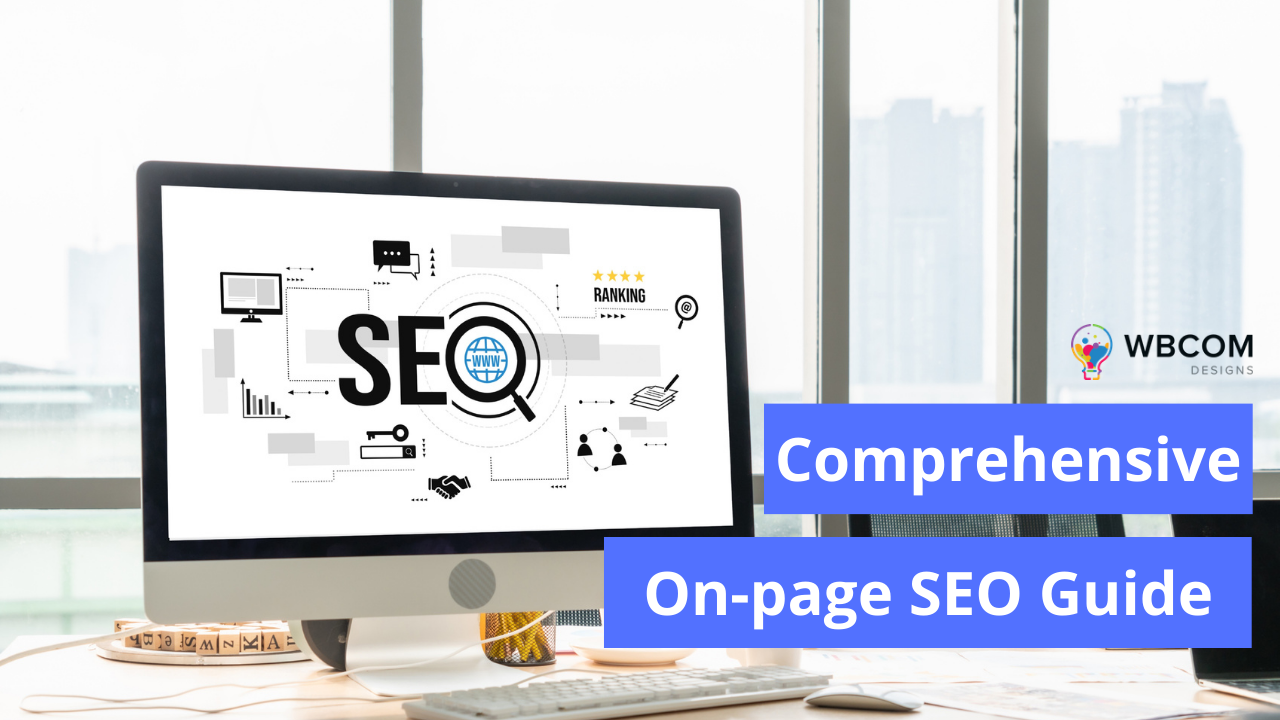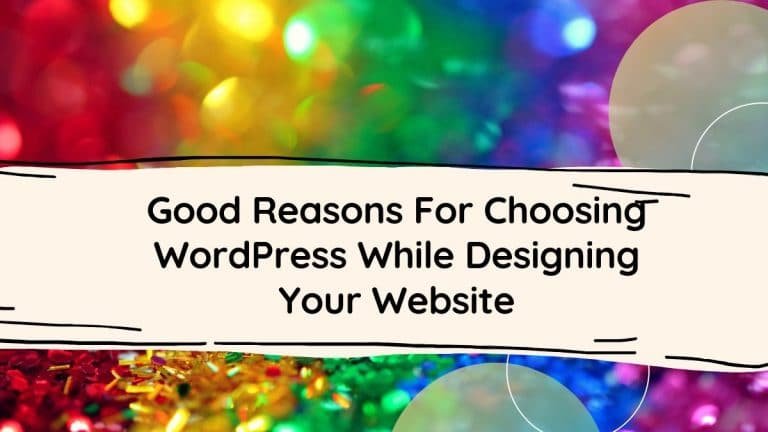Having a website is one thing, but making your website appear on search results that’s another task, and unless you have good SEO skills, your website may remain hidden forever. One SEO aspect to consider is on-page SEO. You are in the right place if on-page SEO is new to you or if you are looking for a brief yet comprehensive on-page SEO guide. We will understand on-page SEO and discuss all details you should know about it.
Table of Contents
ToggleUnderstanding On-page SEO
Bringing organic traffic to your website is not easy. You must have good SEO strategies for every aspect of your website. While you can quickly hire a Node developer to create your website, the SEO part mainly involves you, from the content you share to how you optimize it when posting it on your site.
On-page SEO is what meets the eye when a user visits your website. It starts from the topics you use, the content you share, the headings, images, links added to the website, etc. A visitor to your website will interact with your on-page SEO; from it, they can decide whether to return.
Again, search engines like Google can quickly rank your website’s authority based on on-page SEO; hence, how your on-page SEO ranks determine whether your website will appear in the top search results on Google. The goal of on-page SEO is to increase your website’s trustworthiness, authority, and relevance, such that web crawlers can easily rank it and show it in search results.
Also Read: Top SEO Tools 2023: A Complete Guide
Comprehensive On-Page SEO Guide
Understanding what on-page SEO is all about is not enough. We must dig in on the various elements that constitute it to make it easy for you to work on your website’s on-page SEO.
High-Quality Content
Content is key. The quality of the content you upload determines whether readers and search engines find it relevant. Again, the content must be authoritative, so a search engine will quickly know what your site is all about and index it to show it in search results.
So, when creating content for your articles or blog posts, ensure you generate authentic, helpful, and quality content. Also, keyword research is essential to ensure your content is relevant to users’ needs, increasing the chances for your website to rank. Still, consider using short, readable sentences and shareable content, including relevant visual elements, and focus on solving users’ problems.
Optimized Titles
Your website’s title tags also play a role in helping your website rank. A title is the first thing a visitor to your website will interact with. So, you must have an optimized title that incorporates the target keyword naturally.
That way, any visitor can get confident that even before reading the content, they are in the right place and the post will solve their problem. Use a title case for the title and keep it brief to a maximum of 60 characters. Still, you can include your brand in the title to enhance brand awareness. Some people search using a brand’s name, so it’s optionally essential to include it.
Optimized Headers
Your website should utilize the HTML header elements from <h1> for the title and <h2> for other titles up to <h6>. Using these headers helps your content to be well organized. Also, ensure your headers naturally incorporate the keywords.
Also Read: Best Platforms To Create And Sell Online Courses In 2023
Meta Description
Every webpage has a short description that appears when the page shows in the search results. The goal is to ensure you have a descriptive meta description, as it can quickly make a visitor click on your website after reading it. A good meta description should be 160 characters, incorporate the keywords, and be catchy enough to make the visitor click on it.
Alt-text for Images
Every image that you add to your website should have an alt-text. The alt-text helps in image-based results, such that when a given keyword is searched, your images will rank thanks to the keywords incorporated in the alt-text.
Optimized URLs
Your page URLs should be SEO-friendly. You can achieve this by keeping the URLs descriptive, brief, and relevant to the keyword. Also, use a simple naming for the URL, such that a visitor can quickly find your website by typing out its URL to a specific post.
Also Read: Best Screen Recording Software (Free & Paid)
Mobile Responsiveness
Your website should be responsive. Ensure the developers make it mobile responsive, such that the HTML elements and the content blend in with any mobile device. That way, whether someone uses a mobile device, tablet, or screen, they will comfortably interact with your content. Search engines also rank mobile responsive websites higher than non-responsive ones.
Link Building
Hyperlinking to other authoritative pages of your website is an excellent way of keeping readers engaged in your website. For instance, hyperlink if you mention something on the current page but have an entire post about it. That way, readers can get all they need from your website relating to the content they are searching for.
The more time a user stays on your website, the higher the relevance score and the more a search engine will crawl and index your website to make it visible to other potential readers.
Conclusion
On-page SEO is the backbone of your website’s SEO. When you consider all the on-page SEO elements mentioned in this post, you will gradually increase organic traffic to your site and create authority on your site. That’s it!
Interesting Reads:
How to Use TikTok for Business: A Step-by-Step Guide








